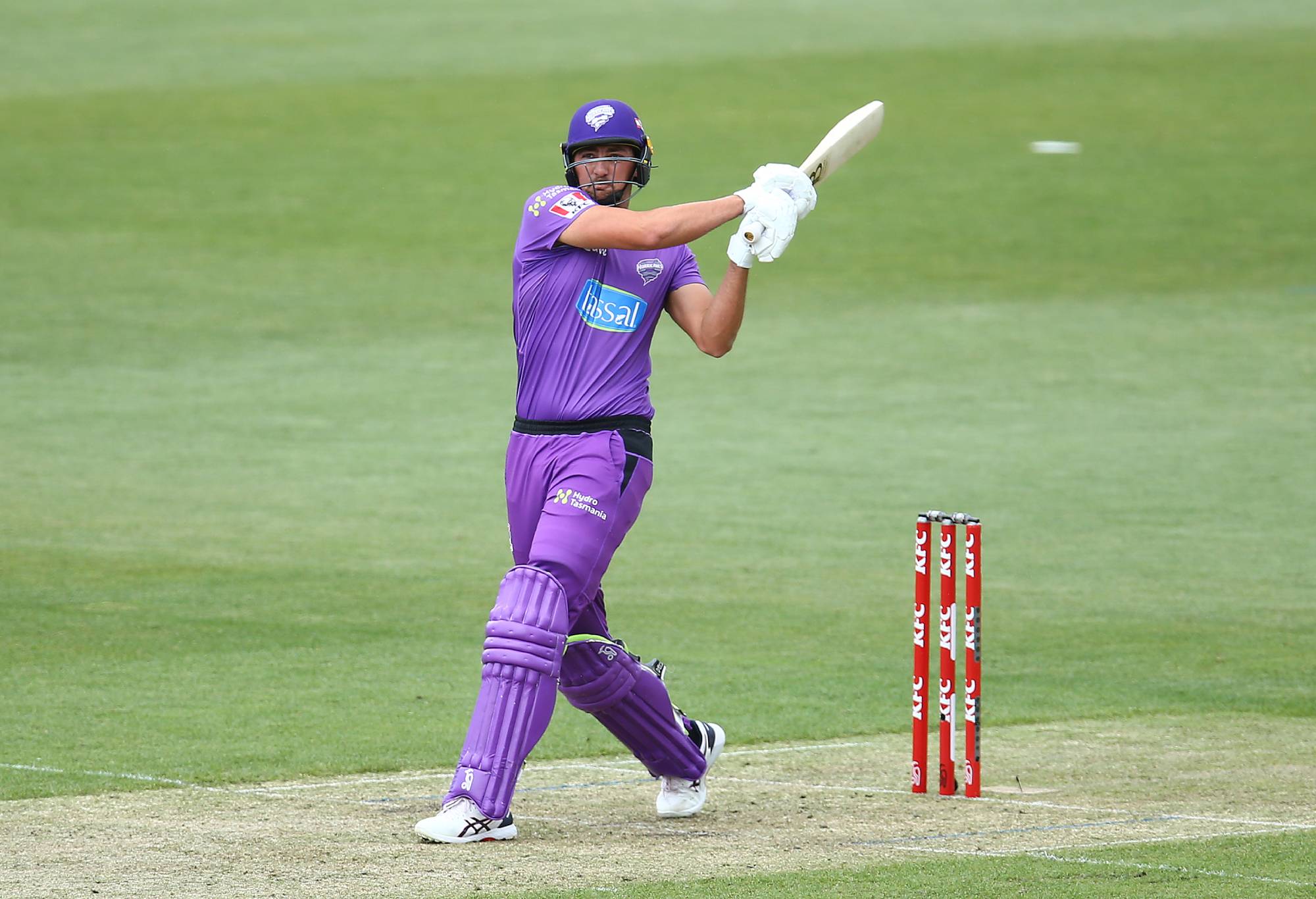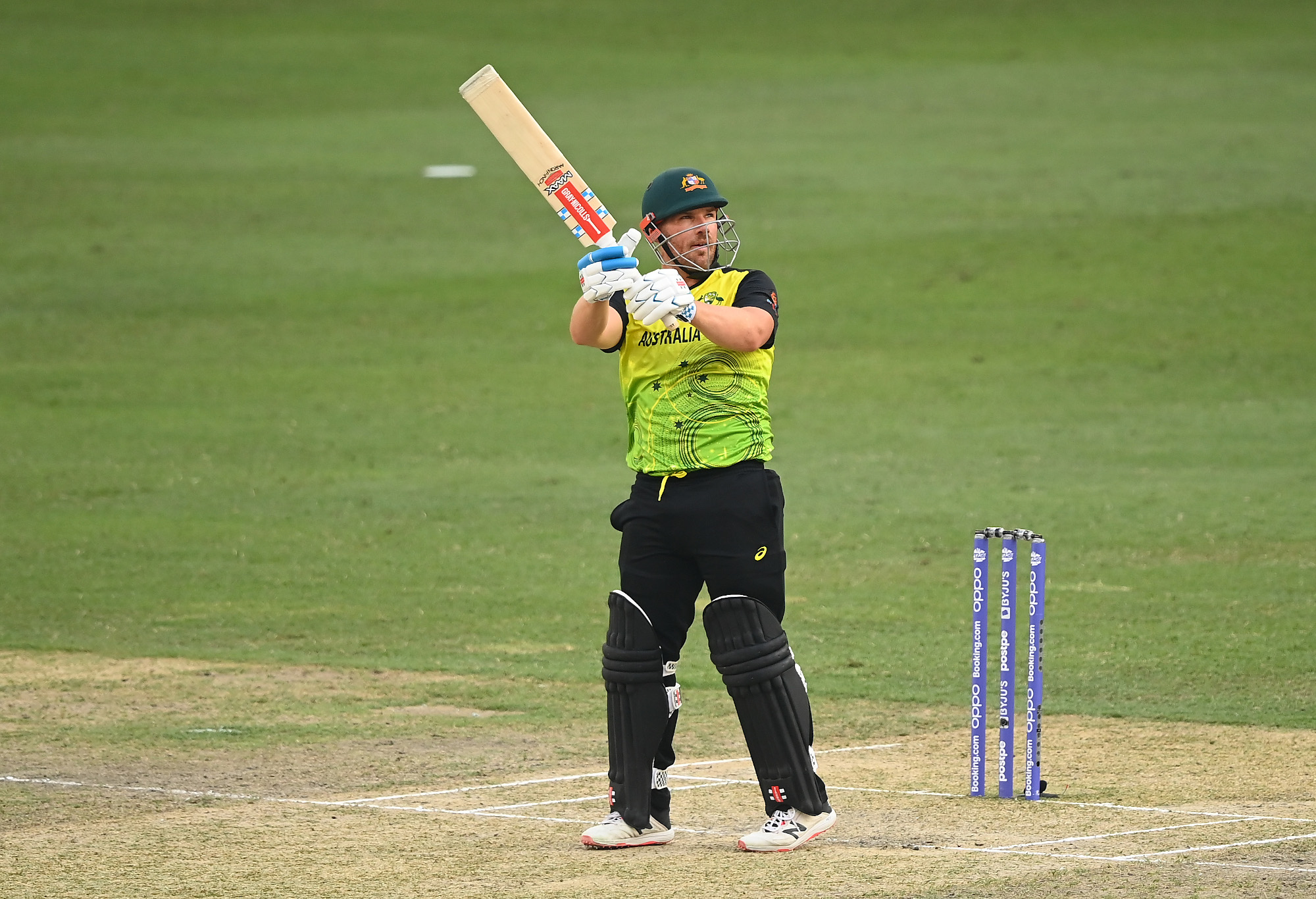Team of the Month: a May-born World Cricket XI
This series’ twelfth and final team has a distinct West Indian flavour at the top of the order, and a domineering captain.
Opinion
It’s time cricket embraced three-game series at major tournaments and there would be no better place to start than at the T20 World Cup.
Cricket has toyed with many formats over the years since the first limited-overs World Cup in 1975 and now that there’s a T20 version on the crowded global calendar, the ICC should look to differentiate it from the 50-over version as much as possible.
The men’s T20 World Cup which Australia is hosting in October will be the eighth installment for the shortest format of the game with the ICC scheduling the cash cow every two years rather than the four reserved for the ODI tournament.
Australia, after winning the pandemic-delayed tournament in the UAE last year, announced their squad during the week, finally bringing power hitter Tim David into the national fold after he has become one of the most sought-after specialists on the T20 global circuit.

(Photo Getty Images)
The format for this year’s event is split into a qualifying stage in which eight nations square off for the final four spots in the Super 12 main draw.
Namibia, Netherlands, Sri Lanka, the UAE, West Indies, Ireland, Scotland and Zimbabwe will be split into two pools to play three matches each with the top two teams from each group to advance to the main draw.
The main tournament then kicks off on October 22 when Australia host New Zealand at the SCG with the two pools of six playing off in a round robin format and the the two teams with the best record progressing to the semi-finals in Sydney and Adelaide with the MCG hosting the final on November 13.
All up, 16 countries will be in the running for the ultimate goal but it will be round robin play until the final three matches to decide the champions.
The ICC should consider a different format in which the 16 qualifying teams are split into four pools based on rankings in the lead-up to the event.
They would then have their three round robin games with the top two teams progressing to the quarter-finals.
From there, a three-game series knockout phase would be a much better spectacle.

Photo by Alex Davidson/Getty Images)
Spectators, particularly the casual observers that cricket should be trying to attract, lose interest if they have to keep an eye on various pools, net run rates and complicated equations for each team to get through to the knockout stage.
Making it as close as possible to a Football World Cup with the added hook of a three-game series would make the majority of the tournament easy to follow and much more engaging.
Each three-match series could have a six-day period allocated to it so that the teams play every second night and in the event of a wash-out, there’d be a spare day in between.
Stage 1: Round robin – four pools of four teams who play each other once with the top two teams progressing to the quarter-finals.
Stage 2: Quarter-finals – four head-to-head match-ups played out over three-game series with a six-day period allocated to each one. Series would end if a team wins the first two matches – no dead rubbers.
Stage 3: Semi-finals – two three-game series.
Stage 4: Final – a three-game series to decide the champions.

(Photo by Francois Nel/Getty Images)
Such is the fluky nature of T20 cricket, often a team which is the raging hot favourite can have one bad match and their tournament is over, as we saw last year when England waltzed through the early stages only to be brought undone by New Zealand in their semi-final.
A three-game series would mean class would prevail in any head-to-head contest, not that the Black Caps didn’t deserve that upset triumph, particularly after the bad luck they’ve suffered at the hands of England when a major white-ball trophy is on the line. How the ICC mandated that a World Cup final super over could be decided by boundaries in the 50-over innings is still mystifying.
Anyway, the growth of the game, particularly in the T20 format, now means there are 16 teams with a wealth of international experience under their belt.
There will always be minnows for a sport which has been dominated by a handful of countries for more than a century but cricket now has emerging nations like Afghanistan and Ireland are regularly beating more traditional full member nations.
The Afghans qualified directly to the main draw at the upcoming World Cup, leaving established countries like the West Indies and Sri Lanka to fight their way through qualifying.
Despite being the host nation and defending champions, Australia are a modest sixth on the ICC T20 rankings but rated the second favourites by the bookmakers behind India.
David’s selection is long overdue – he’s been blasting away in the BBL and, more importantly, in the IPL while also cashing in as a middle-order power hitter in Pakistan, England’s The Hundred tournament and in the Caribbean.
He is yet to play first-class cricket and probably never will and he’s only played 16 domestic 50-over matches.
Australia’s fast bowling stocks are served with the trio of Pat Cummins, Mitchell Starc and Josh Hazlewood, and Adam Zampa, who unlucky to miss out on being named player of the tournament at the last T20 World Cup, is one of the best short-form spinners on the planet.

Aaron Finch (Photo by Alex Davidson/Getty Images)
Batting is Australia’s vulnerability, particularly with skipper Aaron Finch again in a form slump at the top of the order and Steve Smith still yet to translate his long-form dominance to the 20-over arena.
David’s selection gives the selectors another option to strengthen the middle order around boundary-clearing exponents Glenn Maxwell, Mitchell Marsh and Marcus Stoinis.
And for those confused by all these World Cups, the next one will be the 50-over variety in India next October-November before the T20 trophy will be up for grabs again in 2024 when the West Indies and the United States have hosting rights.
The ICC has already announced 20 countries will qualify for the 2024 version with the host nations guaranteed a berth each.
It’s going to be hard enough explaining cricket to the US market so a multi-game series format – which their sports followers are familiar with from basketball, baseball and ice hockey – would help attract more fans.
CLICK HERE for a seven-day free trial to watch international cricket on KAYO